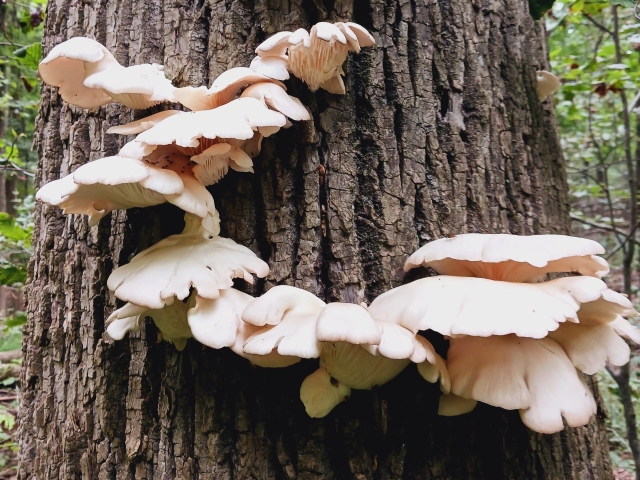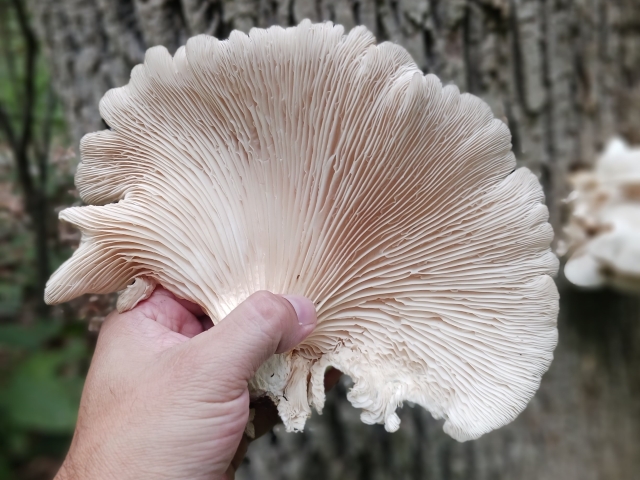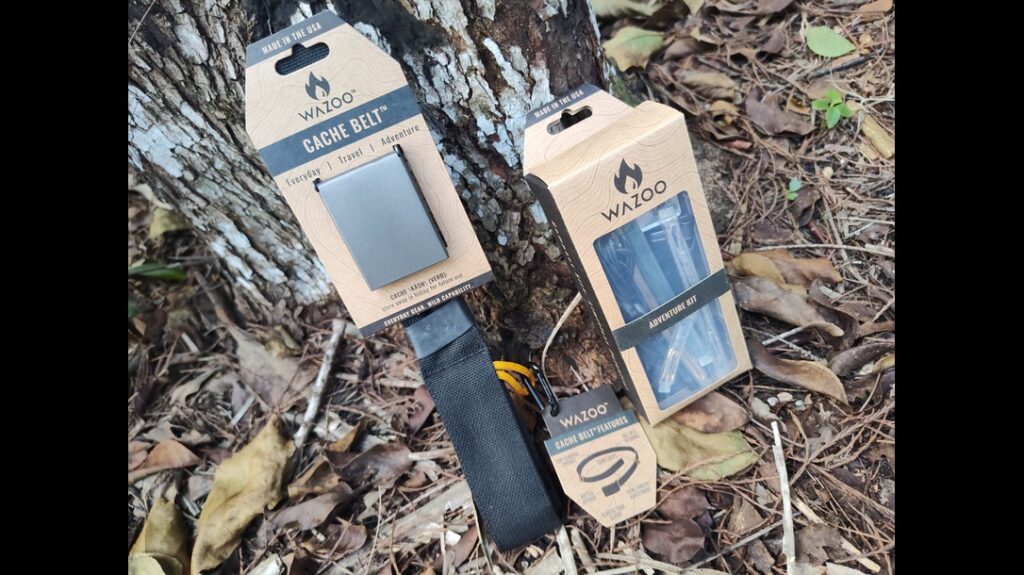Mastering the art of identifying all the tasty edibles in nature is a journey that lasts a lifetime. By focusing on popular and safe spring wild edibles, you’ll stay safe and simplify your foraging adventures. These plants have minimal to no dangerous lookalikes, making them easier to identify.
Discover the Joy of Wild Edibles
As spring bursts forth in vibrant colors, wild edibles seem to weave themselves into the very fabric of our surroundings. They’re practically beckoning from every nook and cranny, just waiting for you to discover their hidden delights.
At first glance, foraging might feel a bit overwhelming, like trying to navigate a treasure map. But don’t worry—it’s an exhilarating journey that can easily become an irresistible passion. It blends adventure with the joy of culinary exploration!
Advertisement — Continue Reading Below
Southwest Spring Wild Edibles
Yucca—Growing up in the southwest, I couldn’t help but notice the striking whitish-yellow flowers atop yucca stalks. These beauties are not just eye candy; they’re delicious! Timing is key when picking the flowers for the best flavor. The petals taste like a starchy potato, while the green centers remind me of pistachios. You can pick them in late spring to early summer and enjoy them raw, roasted, or sautéed.
Almost every part of the yucca plant is edible—from stems and leaf bases to the fruit itself. Remember to snip the flowering stalks before they bloom; otherwise, they turn fibrous and lose their taste. You can even eat the younger stalks raw, which resemble oversized asparagus.
Finding a yucca plant scores you a tasty snack and provides tough leaves perfect for weaving mats and cordage, or even making soap! Archaeologists have uncovered various tools and baskets crafted from yucca. This makes it one of the most versatile plants in the south.
Advertisement — Continue Reading Below
The yucca blossom is a stunning annual treat for the adventurous eater. It could be a culinary lifesaver in a pinch! These bright flowers are hard to miss and fit in as safe spring wild edibles!
Safe Spring Cactus
The Beavertail Cactus (Opuntia basilaris) may look intimidating with its sharp spines. However, its pads and fruits are surprisingly rich in vitamins A and C. The ideal time to harvest the pads, known as nopales, is from late spring to early summer. At this time, they are tender and around 5-7 inches long.
Carefully remove the spines, rinse the pads, and slice them into strips. Boil for 15-20 minutes, then strain and enjoy them as a healthy snack or in a tasty scramble with eggs and sausage. Think of them as zesty green beans!
Advertisement — Continue Reading Below
For outdoor cooking enthusiasts, roasting the pads directly on hot coals adds a unique flavor. These safe spring wild edibles are only safe if you mind the sharp, prickly things!

This cactus thrives in the Mojave, Anza-Borrego, Colorado Deserts, and northwest Mexico.
Advertisement — Continue Reading Below
Safe Spring Fungi
When venturing into the world of fungi, it’s crucial to sharpen your identification skills. Consider this your jumping-off point, but always double-check with three reliable sources. Consult an expert, a spore print, and some good reference materials before giving any mushrooms a taste test.

Now, onto oyster mushrooms! These culinary gems are tasty and pack a nutritional punch. They are bursting with protein, iron, and antioxidants. You’ll know you’ve found them by their unique fan shape and alluring creamy white to light brown hues. Keep your eyes peeled for these beauties growing on dead or decaying hardwood. Look for them on beech, aspen, oak, maple, or even straw and compost.
Advertisement — Continue Reading Below
When you spot clusters of those fan-shaped caps rising from a central stem, you’re onto something good! Just remember, while they might look inviting, some mushrooms can be masquerading as lookalikes. Stay sharp and avoid any potentially toxic impostors!
Pro Tip: Look for a fishy scent and white spore print.
Elusive Safe Spring Wild Edibles
Morels are the reigning champions of flavor and price among mushrooms. This makes them delicious and elusive. The Yellow Morel (Morchella esculentoides) and Black Morel (Morchella angusticeps) are the stars of the show. Their caps can range from light cream to rich yellowish-brown, often deepening with age. Their hollow structure resembles a rubber mold. Moreover, the caps usually outsize their stems.
Advertisement — Continue Reading Below
These mushrooms feature a unique honeycomb pattern and can grow up to about 5 inches tall. You can find morels across the Northern Hemisphere, especially in North America. They thrive near elm, poplar, and ash trees, often hiding under decomposing leaves in forested areas.

With creamy white or pale ochre spore prints, black morels are the early risers. They appear about two weeks before the yellows. Depending on the climate, you might spot them as early as March, or they may last until June.
Advertisement — Continue Reading Below
Give these safe spring wild edibles a try and unlock your wild self. Happy hunting, and may your basket be ever full!















